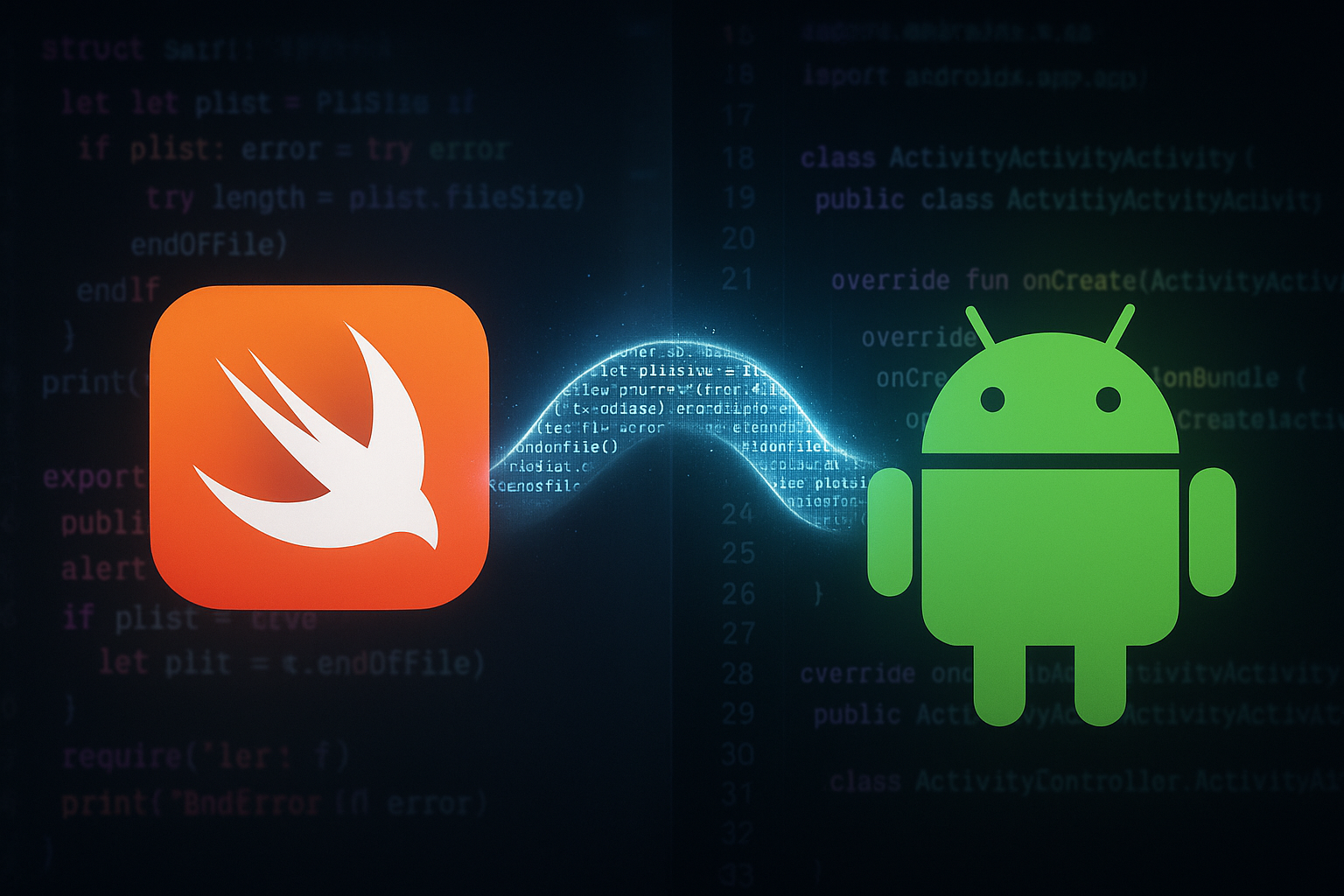In a major move for cross-platform development, Apple is officially expanding support for Swift for Android. The company announced the creation of a new Swift Android Workgroup, a step that promises to streamline app development across iOS and Android using Apple’s own programming language. This initiative opens up a new world of opportunities for developers aiming to build high-performance, native apps using a unified codebase.
Why Apple Is Bringing Swift to Android

Until now, Swift has primarily been used to develop apps for iOS, macOS, and watchOS. Android developers largely rely on Java or Kotlin. But Apple’s decision to support Android officially means Swift could soon become a genuine cross-platform language rivaling the likes of Flutter and React Native.
Swift is already supported on Windows and Linux. With Android now being added as a “supported platform,” developers could use a single Swift codebase to power apps across all major mobile ecosystems. As confirmed by Swift Core Team member Mishal Shah, the Android Workgroup will be responsible for maintaining Swift compatibility on Android devices.
Open Community Contributions Encouraged
The new Swift Android Workgroup currently has 10 members and is described as open to all community contributors. According to Apple, the workgroup’s responsibilities include:

- Maintaining and improving Swift support for Android
- Collaborating with the Swift Platform Steering Group
- Enhancing debugging tools for Android apps written in Swift
Developers can monitor progress or contribute directly via the Swift for Android GitHub roadmap.
Building Native Apps for Both Android and iOS
Workgroup member Marc Prud’hommeaux noted that Swift can now power the entire application stack for both Android and iOS. Developers could use a shared Swift codebase and still leverage native UIs—Jetpack Compose on Android and SwiftUI on iOS.

That’s where tools like Skip come in. This third-party tool already allows developers to use Swift and SwiftUI for Android apps by automatically converting UI to Jetpack Compose. With official Apple support, these tools could become even more efficient, offering better performance and integration.
Implications for Cross-Platform Development
This move signals Apple’s openness to a more flexible development ecosystem. By giving Swift parity on Android, Apple could encourage developers to standardize their app codebase, reduce development time, and lower maintenance costs.
According to The Morning News Informer, this could also challenge current leaders like Flutter, which has dominated cross-platform app development. Swift offers the advantages of native performance, modern syntax, and Apple’s backing—qualities that could make it a preferred choice.
Future of Swift on Android
With debugging tools, open contribution, and community-driven updates on the roadmap, the Swift Android Workgroup aims to bring Swift to production-level support on Android. Developers interested in contributing or adopting the tools can follow updates on GitHub, forums.swift.org, and through related documentation.
This isn’t just a win for Apple or Android—it’s a win for the global developer community looking for efficient, native, and scalable solutions.
Conclusion: A Unified Future for Mobile Developers
Apple’s push to make Swift an Android-compatible language is a major turning point for the mobile development ecosystem. For startups, indie developers, and enterprise teams alike, the chance to code once and deploy to both platforms with native capabilities could revolutionize workflows.
As more platforms embrace language flexibility, Apple’s strategic bet on Swift might just redefine how cross-platform apps are built in 2025 and beyond.
Recommended Reads:









